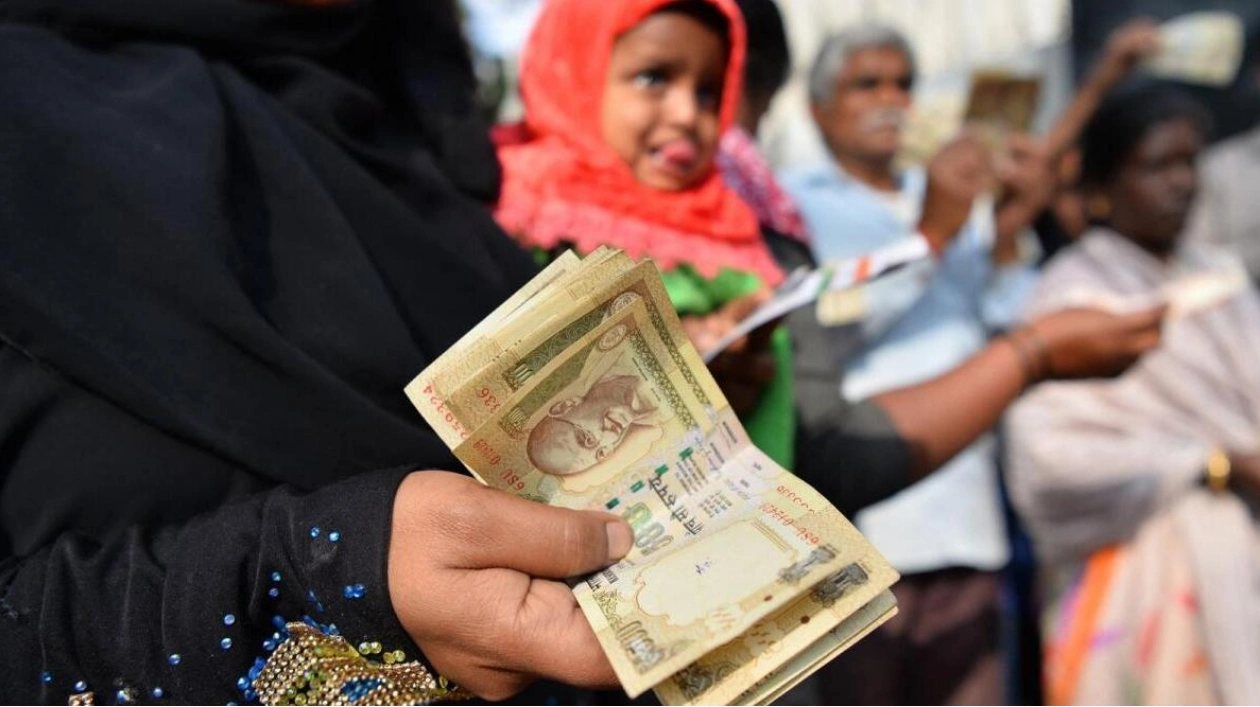The Indian rupee experienced a decline on Thursday, primarily driven by heightened demand for dollars from importers, particularly those involved in month-end payments. This surge in demand, coupled with the likely unwinding of long positions, occurred after the currency failed to sustain its position above a crucial resistance level at 83.50.
By 10.45am IST (9.15am, UAE time), the South Asian currency was trading at 83.6850 against the US dollar (22.80 against the UAE dirham), reflecting a 0.1 per cent drop from its previous closing rate of 83.5925 (22.78). Meanwhile, Asian currencies displayed mixed performances, and the dollar index slipped by 0.1 per cent to 100.8.
Traders noted that importers, including oil companies, were actively purchasing dollars. A significant foreign bank has also been consistently bidding for dollars, which is likely linked to the unwinding of some long positions on the Indian rupee, according to a trader at a foreign bank.
Despite strong inflows, particularly in the debt market, the persistent demand for dollars between 83.45 and 83.50 has constrained the currency's upward movement, as highlighted by a trader at a private bank. Last week, the Indian rupee reached a near three-month high of 83.48. Overseas investors have net purchased approximately $10 billion worth of Indian equities and debt so far in September, marking the highest monthly inflow since December last year.
Amit Pabari, managing director at FX advisory firm CR Forex, observed that the dollar-rupee pair has opened lower over the week, only to rebound as importers scramble to meet month-end dollar requirements, resulting in a higher USD/INR closing.
Attention on Thursday is focused on remarks from Federal Reserve Chair Jerome Powell, who is scheduled to speak later in the day alongside other policymakers. His comments could provide insights into the future direction of policy rates.






